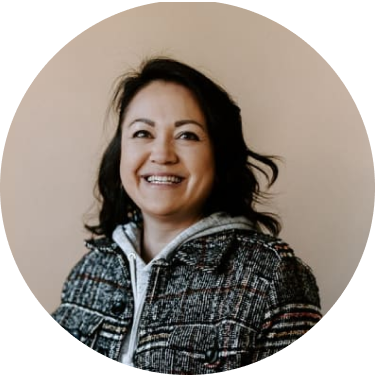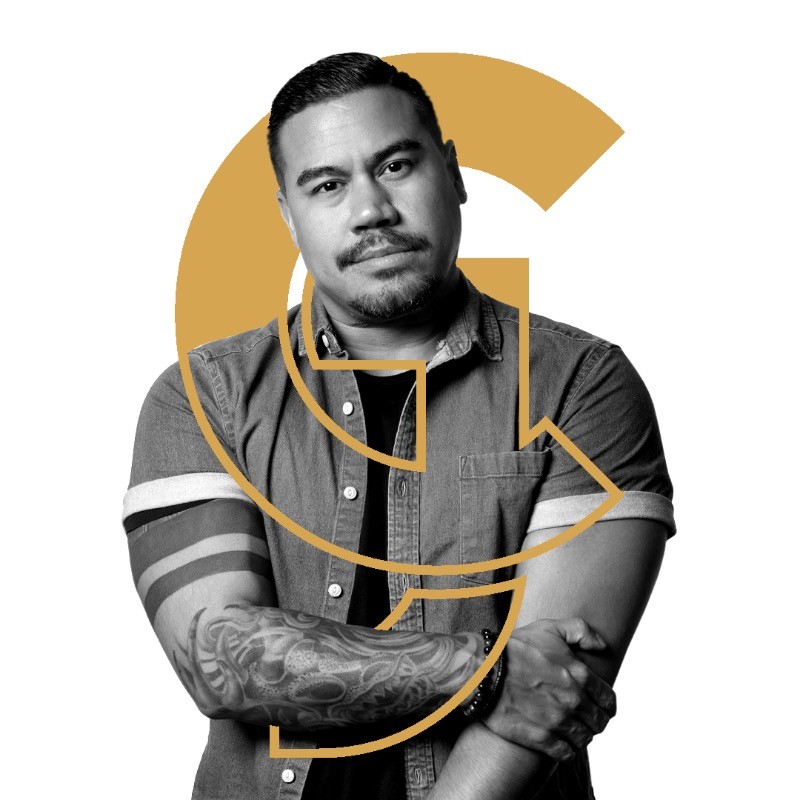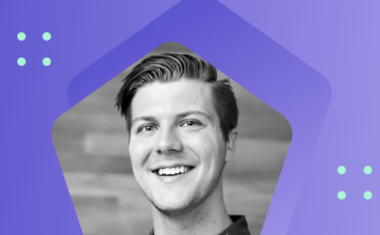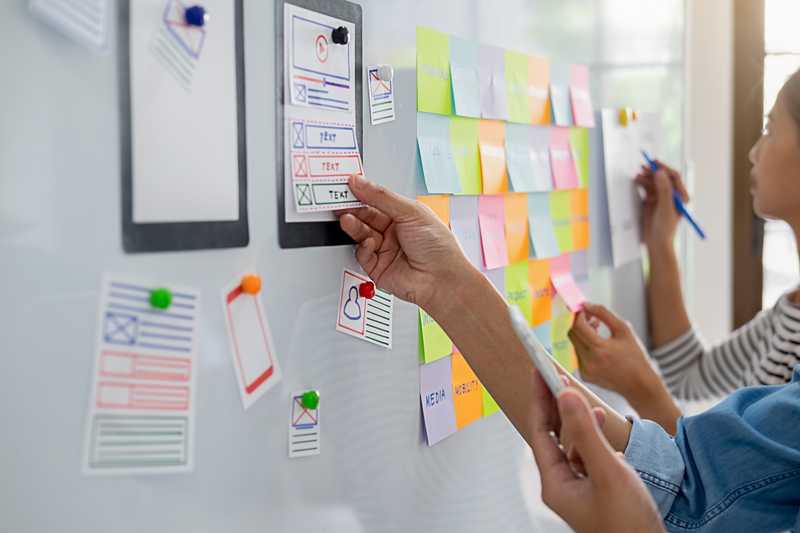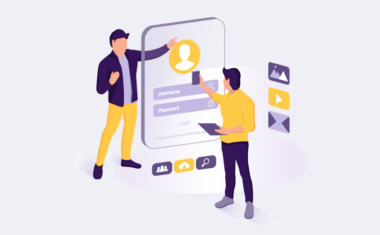Free UX Design Course
Dive into UX design with our free starter course. Transform your creative ideas into user-friendly solutions.
Back in the “old days,” there was clear separation between web designers and developers. Now, however, many companies—particularly startups—use a leaner operating model that calls for people with more cross-disciplinary skills, or who are simply willing to wear multiple hats temporarily. (Just think about the startup CEO who answers customer support emails.)
In the past few years, design and development groups have begun to bleed together. So just as the number of full-stack developers has increased, there is growing demand for full-stack designers. But while the first role is familiar to many people, especially in the tech space, the second isn’t as widely understood. So what, exactly, does a full-stack designer do?
Put very simply, a full-stack designer is a designer who can code. Usually, this means the designer knows enough about coding to implement designs on their own. They might be able to carry a project from its beginning through its first major phases, and even to the very end. This work could involve:
- Conceiving a project
- Wireframe and prototype design (UX)
- Visual design (UI)
- Front-end development
Full-stack designers may also involve themselves in some of the research, marketing, copywriting, or other content work. They could take on some or all of the project management, helping with every aspect of the UX design process. Essentially, they can lead the whole project or play a key role in every step of it. While they might focus on the design and development, they possess cross-disciplinary skills that allow them to pitch in elsewhere.

Source: Christopher Nelson
Benefits of a Full-Stack Designer
Obviously, the idea of one employee taking on the jobs of more than one person can be very attractive to a company, as it might present an opportunity to save on costs and resources. From a company’s perspective, having a full-stack designer onboard can greatly benefit a project in other ways, though: If the designer is leading the project, or is just involved with it from start to finish, that can add a great deal of consistency to all the work processes. A full-stack designer can get to know the rest of the team better by working with them on different aspects of the project, compared with the work they might do as a more straightforward designer or developer. This could lead to better communication (a bridge between design and development), stronger collaboration, and deeper trust.
What’s in it for the individual? Because of the benefits listed above, becoming a full-stack designer could make you rather enticing to employers. While the role is new and specialized enough that there isn’t a lot of salary research available, anyone with an advanced and varied set of skills will draw attention and could end up with a more attractive compensation package, depending on specific skills and the location of the company (that certainly is the case with full-stack developers, whose job description has been around longer). Beyond financial rewards, you could wind up with more varied and interesting work. And you could make much more of an impact, given that you are involved in so many aspects of the work.
Get To Know Other Design Students
Trixy Woodhouse
UX Designer at Nike
CJ Hernandez
Senior Designer at StellarFi
Asel Yaşacan
Product Designer at Capital One
Drawbacks of a Full-Stack Designer
Of course, there are trade-offs. Remember that a full-stack designer is more of a generalist. While they can handle both design and development work, a company might prefer someone who is solely a web designer or a web developer, since they could have more developed skills. A project might be better suited to involving a large team full of specialists, each with their own roles, rather than a few generalists who span multiple roles. It might aid in concentration, collaboration, and efficiency. Companies may even have it embedded in their work processes that they need a separate designer and developer.
Becoming a full-stack designer entails a great deal of work and study. You would have to put years into working with both UX and UI design and development, as well as copywriting, marketing, research, or any other skills that you wish to bring to the table. That takes persistence and determination. Some people might find such an undertaking overwhelming or even intimidating. Of course, if you become skilled in multiple disciplines, you have done something that not everyone can.
Also note that once you have acquired knowledge and experience in a field, you have to keep up with it. Advances happen all the time in tech, especially in areas like web design, UX, and coding. Programming languages change and new ones emerge. It can be difficult to keep up, especially if your current job only calls on you to utilize some of your skills. In fact, sometimes, keeping up with your field can be as hard as learning all those skills in the first place.
How to Become a Full-Stack Designer
Typically, you’ll start as either a designer or developer and from there pick up new skills and experience in the other field. If you begin in UX design with a focus on users and what you need to craft a satisfactory experience for them, you would work on developing a strong grasp of HTML/CSS, JS/jQuery, PHP, and Apache. It would help tremendously as well if you had an understanding of front-end development, back-end development, and back-end server management.
What about the other new skills you would need? Where can you pick up them up? You have multiple options, some of which you might pursue on your own and others that your company might provide:
- Taking classes at traditional schools
- Enrolling in online or offline bootcamps
- Trying out free online courses
- Learning on the job from teammates
You might start out with the intent of becoming a full-stack designer and actively plan your education and career path with that goal in mind. You may also simply end up as one, given that your accumulated experience in both design and coding gave you the skills to work in both fields. If you also want to further expand your skill set, you can tackle new software or programming via online courses. For even more cross-disciplinary learning, you can take classes in copywriting, marketing, and project management.
Related: What Does a UX Designer Do?
How Far Do You Want to Go?
Being a full-stack designer means having skills in design and development, but it doesn’t have to stop there. You can add content creation, program management, metrics reporting, and more to your repertoire. You can stop where you want to (or where time constraints force you to) or keep going, learning new skills and refining the ones you already possess. It makes you a more well-rounded individual and employee and can eventually pay off with better money and more interesting work. Let your interests guide you.
This post was written by Michael McNichols. Michael has been a professional writer for more than eight years. A good bulk of his output has involved IT and SaaS concepts. He resides in Chicago, trains in karate, and enjoys chai lattes with soy milk.
Since you’re here…
Interested in a career in UX design? Rise to the top of the CV pile when you enroll in our UX Bootcamp—you’ll get a UX job or your tuition money back. Take a look at our student reviews and test out our free UX course to get a feel for our style and results. TL;DR: average starting salaries for our students = $85,440. Let’s do this.

